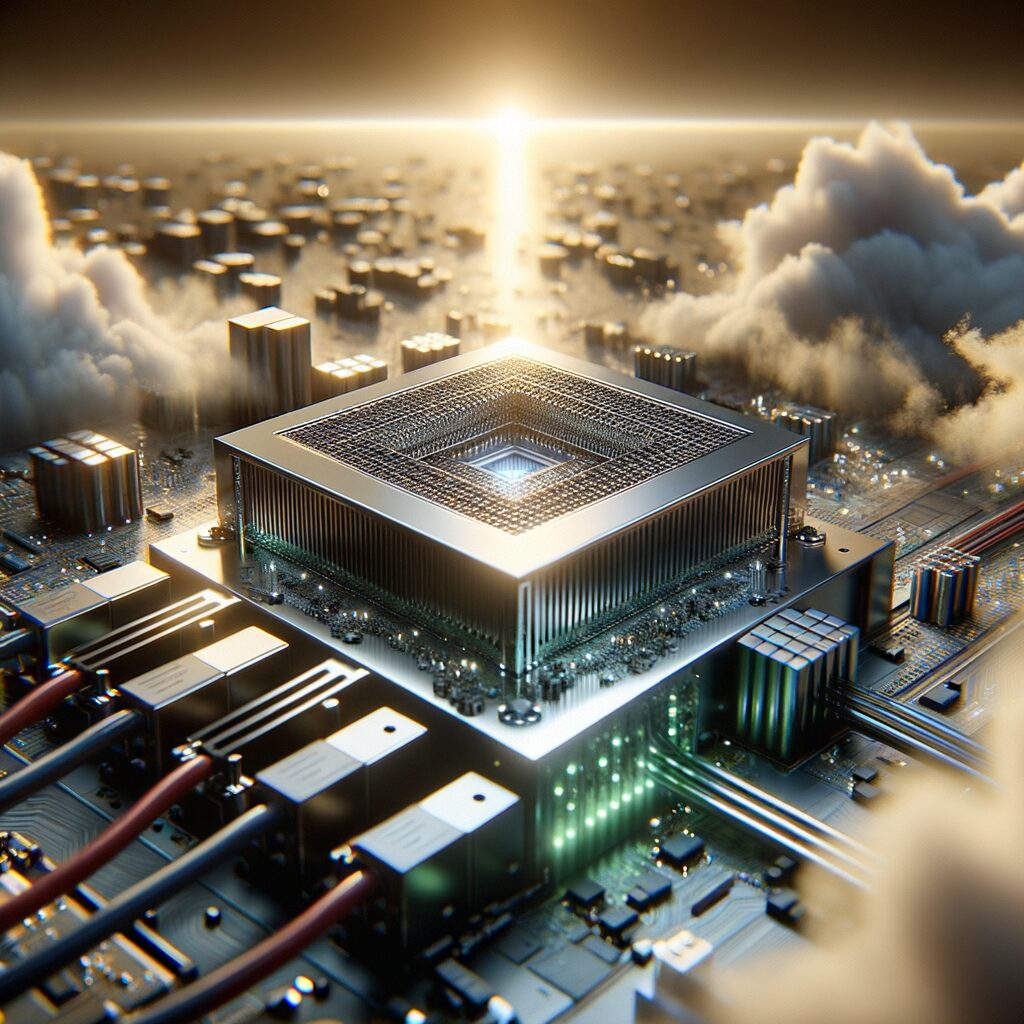Hardware Is Eating the World—Again: Navigating AI’s Infrastructure Renaissance
The digital world is witnessing a dramatic shift—hardware is reclaiming the spotlight in the age of artificial intelligence. While software once took center stage, today’s emerging demands for GPUs, NPUs, and edge computing are creating a new era of hardware innovation. This article dives into the burgeoning need for advanced AI infrastructure, highlighting key areas like processing speed, security, and energy efficiency that are essential for savvy CIOs and CTOs planning the future of their tech ecosystems.
The Exploding Demand for GPUs and NPUs
Graphics Processing Units (GPUs) and Neural Processing Units (NPUs) are no longer mere buzzwords; they are fundamental components driving modern AI capabilities. As algorithms become more sophisticated, the necessity for powerful computation grows. But what exactly makes GPUs and NPUs so pivotal in AI development? These specialized hardware components accelerate complex calculations, offering unmatched performance and efficiency in running AI models.
Consider the case of Tesla’s self-driving technology. It relies heavily on a custom-built GPU to process vast amounts of data from its sensor suite. The real-time decision-making required in this scenario is impossible without the parallel processing prowess of advanced GPUs. Similarly, cloud giants like Microsoft and Amazon are incorporating NPUs for their cloud services, enabling the efficient training of expansive AI models.
Are you maximizing the potential of these processing powerhouses in your existing infrastructure? With the AI landscape continually evolving, integrating the latest GPUs and NPUs is not just a trend but a necessity for staying competitive.
Edge Computing: The New Frontier
As AI applications proliferate across industries, edge computing is emerging as a crucial strategy. Unlike traditional cloud-based processing, edge computing brings computational tasks closer to the data source, reducing latency and reliance on constant network connectivity. Why is this shift important for enterprises today? With edge computing, organizations are capable of processing sensitive information locally, enhancing both security and performance.
Take retail giants embracing AI for real-time customer insights. By employing edge devices, these companies can gather and analyze data directly at store locations, streamlining operations and safeguarding customer information. This methodology not only boosts efficiency but also slashes operational costs by minimizing data transmission to central servers. Can your business benefit from similar edge deployments?
For CIOs and CTOs, a comprehensive hardware roadmap that includes edge solutions can transform challenge into opportunity, enhancing AI’s impact in every segment of operations.
Security, Latency, and Energy: Why They Matter
The renaissance of hardware isn’t just about horsepower—sophisticated AI infrastructure encompasses a series of strategic considerations, including security, latency, and energy consumption. Why should these be on the top of every IT leader’s agenda? Locally processing AI tasks through cutting-edge hardware can revolutionize your approach to these critical issues.
For example, in sectors like healthcare, where delay and data breaches can have dire consequences, the minimized latency and fortified security offered by localized processing create a safer, more efficient environment for both practitioners and patients. Moreover, by strategically deploying energy-efficient processes, organizations can signifi.cantly lower their carbon footprint while managing operational costs. How well does your current infrastructure address these evolving needs?
Embracing these hardware advancements not only strengthens AI application performance but also aligns with sustainable business practices that define the future of tech.
Rethinking Hardware Strategies
As AI reshapes industries, forward-thinking CIOs and CTOs must revisit their hardware strategies to stay at the forefront of innovation. It’s time to ask: Are your device refresh strategies adaptable enough to embrace the new wave of AI-driven hardware? Investing in scalable, future-proof equipment is crucial as AI workloads grow exponentially.
Leading organizations like Google and Facebook have already set benchmarks by customizing and deploying hardware tailored to their AI goals. The ability to adapt quickly to technological shifts is not just an advantage but a prerequisite for leadership in today’s digital economy. Is your roadmap equipped for the challenges and opportunities of tomorrow?
Crafting a robust strategy that leverages advanced hardware developments will not just boost performance but also safeguard organizations from being left behind as AI capabilities advance.
In conclusion, the world of AI is ushering in a hardware renaissance that promises to redefine the digital landscape. With the right mix of GPUs, NPUs, edge computing, and strategic planning, businesses can thrive in this era of transformation. So, are you future-proofing your infrastructure at the chip level? Adopting these innovations today ensures a commanding position in the technological advancements of tomorrow.

